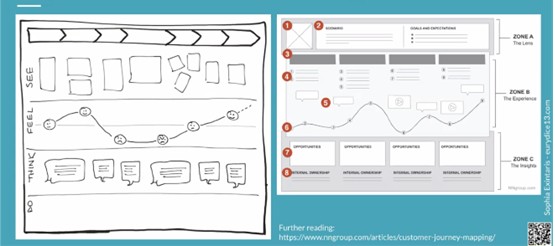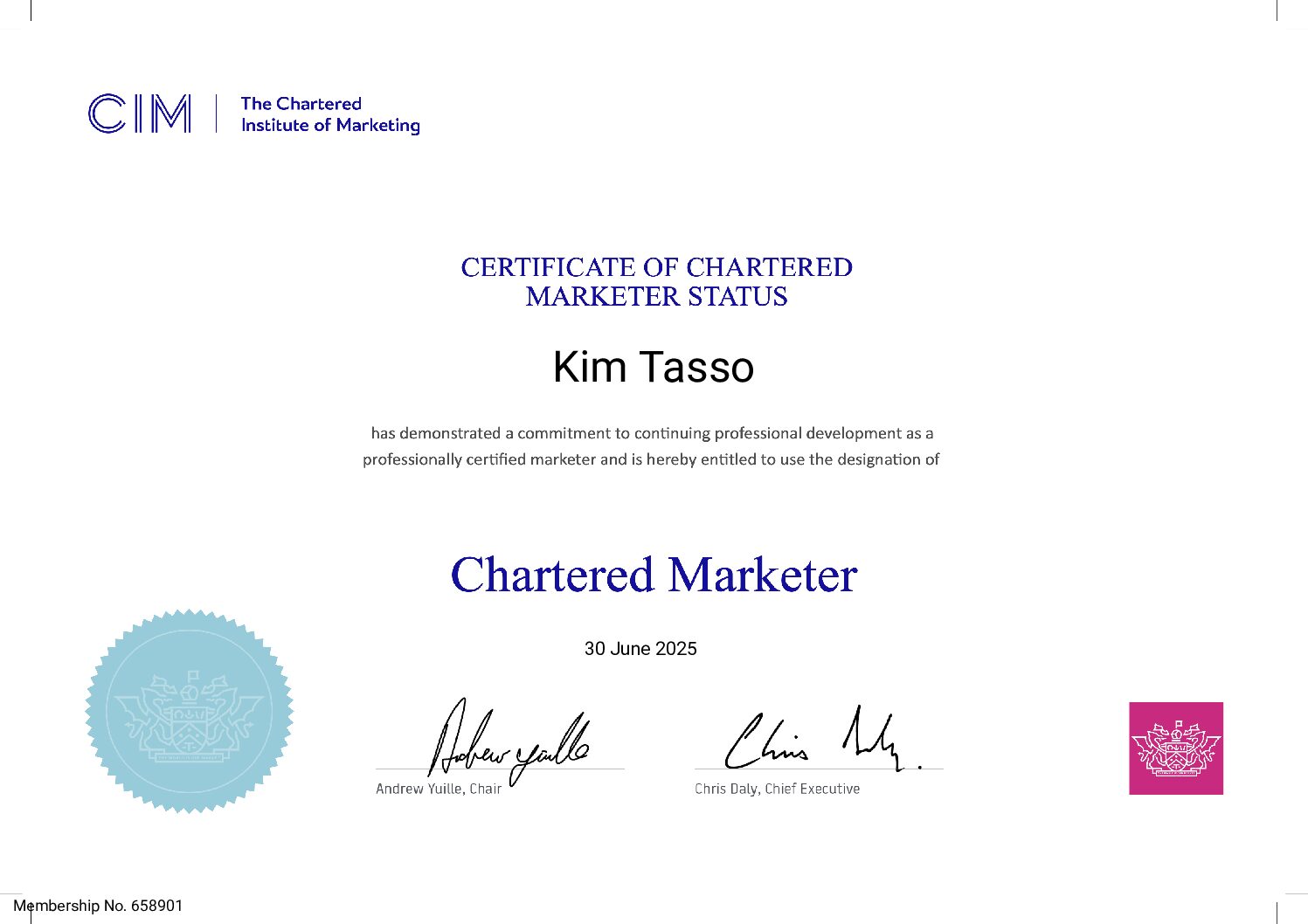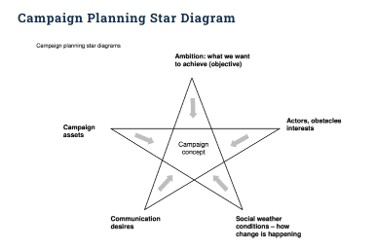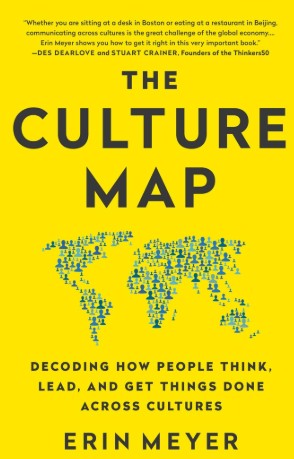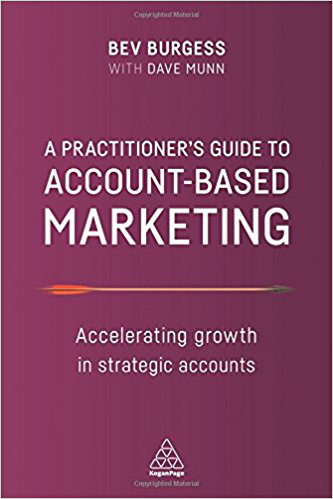
A shorter version of this book review appeared in the February 2020 edition of Professional Marketing Magazine Have you ever wondered about the difference between KAM and ABM? Well, this 2017 book “A practitioner’s guide to Account-Based Marketing (ABM) – Accelerating growth in strategic accounts” provides the answer: you design an integrated marketing and sales plan for one specific client.
There’s a foreword by Dr Charles Doyle who started in the technology sector before working at Accenture, Clifford Chance and JLL who points out that “Clients are now so complex, and so large in scale, that they are effectively markets in their own right”. This succinctly sums up the concept of ABM: the need for segmentation and joined-up marketing and sales within one client organisation. ABM is the ultimate expression of client-centric marketing.
The authors are generous with their knowledge and insight. There’s a description of the three different types of ABM in use around the world. And there’s ITSMA’s seven-step process. There is step-by-step guidance on how to set up and scale your ABM programme. There’s even help in identifying what phase of organisational development your firm is at as it progresses through the stages of ABM adoption and evolution. Plus there are an incredible number of check lists and playbooks for each step of your ABM journey.
Essentials of account-based marketing (ABM)
The ITSMA 2016 ABM benchmarking survey found that 84% of marketers who measure return on investment (ROI) described ABM as delivering higher returns than any other marketing approach. Although the authors are keen to point out that it may take more than a year to deliver substantial returns and that ABM is a long-term, resource-intensive business change initiative taking up to a fifth of the marketing budget.
Almost 80% of those marketers surveyed said that ABM is important or very important to their overall marketing strategy. 70% of people use ABM to increase business with existing clients and only 30% use it to break into new accounts. The authors argue that ABM supports cross-selling, positioning, new business development and pursuing identified major opportunities.
Environmental factors driving the adoption of ABM include: commoditisation, competitive disruption, globalisation and complexity, buyer expectations, widening decision-making units (DMU), customisation and personalisation. ABM is positioned as a business change initiative to drive growth.
The book provides data on the many benefits of ABM and addresses the misconceptions. It shows how ABM has developed since 1993 when Peppers and Rogers published “The One to One Future”. In 2003 ITSMA first developed ABM as a formalised framework. In 2012, ITSMA introduced the first marketing certification programme for ABM.
“ABM should be closely aligned with key/strategic account management. A key account plan, at its best, operates like a business plan, including objectives, sales targets, positioning, delivery and dependencies. But what it often lacks is a specific marketing element”.
The three ABM approaches are described as:
• Strategic ABM (account-based marketer is an integral part of the account team – managing one to five strategic accounts)
• ABM Lite (ABM marketer works with the sales teams in a cluster of maybe 25 accounts)
• Programmatic ABM (ABM marketer adopts a segment-based approach and aligns with the sales teams to focus on tens to hundreds of named accounts to generate better quality leads)
The main stages in the development of a ABM (mirroring the stages in KAM):
1. Agree your goals and position ABM as a strategic business initiative
2. Design the programme
3. Identify ABM accounts (evaluate over 18 to 24 months, there’s a detailed account selection process outlined)
4. Build the right ABM framework (including an ABM leadership council, ABM training for marketers and innovation workshops for clients)
5. Programme governance (Programme Management Office (PMO) and I liked the idea of a “transfer window” to add or remove key accounts)
6. Funding
7. Research to create plays and value propositions
8. Metrics (a standardised, account-level metrics dashboard as well as organisation-wide ROI metrics)
9. Continuous improvement (through revenues, relationships and reputation) and engagement (buy in)
There’s some jaw-dropping analysis of the technology platforms and integrated digital ecosystems supporting ABM including insight, marketing automation, digital advertising and retargeting, social listening, predictive analytics, business intelligence, website and content personalisation and orchestration. I liked the simplicity of CSC’s total contract value (TCV) built from over 50 different digital systems.
The account selection process outlined covers:
1. Create your shortlist of accounts
2. Assess your shortlist
a. Agree assessment criteria (Using GE/McKinsey’s directional policy matrix)
b. Define your metrics and measures
3. Select your ABM accounts
4. Build your go-to-market plan (with an interesting case study from Fujitsu using segmentation to prioritise sales opportunities)
The four steps for ABM adoption (once the pre-requisites are in place) are outlined as:
1. Pilot
2. Build
3. Standardise
4. Scale
Account-based marketing (ABM) step-by-step
The seven step process for an individual account is outlined as:
1. Know what is driving the account
2. Play to the clients’ needs
3. Map and profile stakeholders
4. Develop targeted value propositions
5. Plan integrated sales and marketing campaigns
6. Execute integrated campaigns
7. Evaluate results and update plans
But the authors stress that “Real ABM success comes when you develop your own process, linking it into the account management and sales processes that already exist in your company”. Subsequent chapters in this part go into each of these steps in more detail. There are example agendas for internal kick-off meetings and discussion guides for perceptions interviews (it is suggested that there are six to eight interviews for each ABM account). A marketing audit (including SLEPT and SWOT analyses) is conducted for each account too.
The authors challenge the generally accepted statistic that 70% of the purchase process is completed before clients contact a salesperson with “People still play a major role in the purchase processes”. That supports findings from Insight and Challenger sales research. There’s useful research for anyone involved in pitches – how B2B buyers evaluate providers (understanding of my industry, understanding of my unique business issues and quantifiable value of the proposed solution are the top three).
Internal and external primary and secondary research methods are reviewed and how to convert this into actionable insight. There’s lots of common sense in these pages. There’s an excellent case study – showing how to measure results – from KPMG.
There’s an emphasis on adopting the client’s perspective when developing plays. There was a neat matrix showing the client’s business imperatives against the firm’s services and ranking/prioritising the different “plays” available. The case study by BT on creating more effective sales conversations with a KAM Live product (systems that automatically scrape information about the account) was inspirational – the system picks up tweets about what a client says at a conference and people in an international centre contextualise it so that it appears as a suggested conversation on a salesperson’s phone.
There’s a good chapter on mapping and profiling stakeholders with a focus on the decision-making unit (DMU).There are guidelines for what to include on each profile too to gain a more rounded picture of an individual. And a good list of potential influencers. It was good to see that thought leadership features as a key method to reach both decision-makers and influencers. Segmentation and personas feature and there’s a good section on the six elements of a targeted value propositions with templates and how to translate these into elevator pitches.
Once into omni-channel campaigns, there are research results into the most credible sources of information for buyers and creating personalised content. The relationship model used covers: epiphany, awareness, interest, confidence, loyalty and trust. There’s also a nod to storytelling.
Amongst the most popular tactics are one-to-one meetings, account-specific thought leadership, innovation days, executive engagement days and private events. There are visualisations of integrated campaigns and a review of project management and agile working features.
Developing your career as an account-based marketer
The authors provide an ABM competency model to help those looking to move their careers into the area. “ABM marketers are consummate generalists who have enough knowledge of all the marketing specialities to have credibility and good judgement, while having the leadership and relationship skills to pitch and manage ABM programmes both internally across the company and externally with clients and partners”.
Book review conclusion
What struck me was the amount of research, data and collaboration required to support an effective ABM. Of course, those in the technology sector are well-served in this area but those in all but the largest professional services firms may struggle to find the skills, resources and systems to support them. Although the authors mention a number of technology solutions such as Agent3’s Insigth3 platform and DemandBase.
I first reviewed a book by Bev on marketing services back in 2011. Her work – from a position of great expertise and experience backed up with strong research and evidence – is always a worthwhile and productive read.
There were many parallels in this book with the KAM book by Miller, Heiman and Tuleja but this one tackles things from the marketing perspective rather than from sales. But this book offers much more evidence, case studies, rules of thumb, checklists and pragmatic advice. I’ll add my name to the long list of endorsements (including Prof Malcolm McDonald, Prof Adrian Payne, B2B Marketing, BT Global Service, Cognizant, Deloitte and SAP).
ITSMA was originally an association to support the technology services B2B marketing community. It is now the leading source for insight, community, and hands-on help for B2B marketers in the connected economy. ITSMA’s global council include people from Microsoft and KPMG and these people are amongst the seven who contributed their ABM career stories. I was interested to note that ITSMA’s State of the Marketing Profession 2016 report shows marketing is nurturing relationships well beyond lead creation or lead nurturing and requires human contact despite advanced technology and that marketing can be the catalyst for culture change.
Contents:
Part One – Setting up an account-based marketing programme
1. The essentials of account-based marketing
2. Building the right foundations for account-based marketing
3. Investing in the right tools and technologies
4. Deciding which accounts to focus on
5. The ABM adoption model
Part Two – Account-based marketing step-by-step
6. Knowing what is driving the account
7. Playing to the client’s needs
8. Mapping and profiling stakeholders
9. Developing targeted value propositions
10. Planning integrated sales and marketing campaigns
11. Executing integrated campaigns
12. Evaluating results and updating plans
Part Three – Developing your career as an account-based marketer
13. The competencies you ned to do account-based marketing
14. Managing your ABM career
Other books on Key Account Management (KAM):
The new successful large account management by Robert B Miller and Stephen E Heiman with Tad Tuleja (June 2015)
The seven keys to managing strategic accounts by Sallie Sherman, Joseph Sperry and Samuel Reece (June 2013)
Managing key clients: Securing the future of the professional services firm by Kevin Walker, Paul Denvir and Cliff Ferguson (June 2019 review but book published in 2006)
Prof Malcolm McDonald’s book on value propositions – which builds on this aspect of the ABM process. – is reviewed here:


